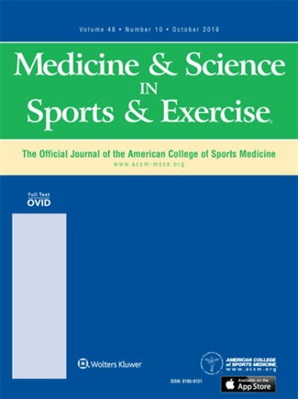 Authors: Passos CS, Ribeiro RS, Rosa TS, Neves RV, Costa F, Ginoza M, Boim MA.
Authors: Passos CS, Ribeiro RS, Rosa TS, Neves RV, Costa F, Ginoza M, Boim MA.
Abstract
INTRODUCTION:
Phalaris canariensis L. (Pc), known as birdseed, is rich in tryptophan. The aqueous extract of Pc (AEPc) treatment reduced systolic blood pressure (SBP) in spontaneously hypertensive rats (SHR) via mechanisms mediated by the tryptophan metabolizing enzyme indoleamine 2,3-dioxygenase (IDO). Hypertension is a risk factor to cardiovascular and renal diseases. Considering that physical exercise improves hypertension and cardiovascular function, the aim of this study was to evaluate whether the benefits of exercise (Ex) would be enhanced by concomitant AEPc treatment (400 mg·kg·d p.o.).
METHODS:
Vascular reactivity was assessed in aorta rings from SHR treated with AEPc for 4 wk. Training intensity was based on maximal lactate steady state obtained during the 2-wk adaptation period in a treadmill running. Then exercised (60 min running, five times per week during 8 wk) or sedentary SHR were untreated or treated with AEPc during 8 wk. SBP was estimated by plethysmograph. Heart mass and body mass were used to obtain the index of cardiac hypertrophy. Glucose tolerance test was evaluated by oral glucose overload, and the mRNA expressions of indoleamine 2,3-dioxygenase, interleukin 1β (IL-1β), and IL-10 in the kidney were obtained by real time polymerase chain reaction.
RESULTS:
AEPc induced endothelial-mediated vascular relaxation. AEPc or Ex alone reduced SBP, the index of cardiac hypertrophy and ventricular fibrosis, improved glucose metabolism, and attenuated proteinuria and the renal expression of the proinflammatory IL-1β with an overexpression in the anti-inflammatory IL-10. AEPc potentiated the benefits of the Ex on the cardiovascular system, metabolic parameters, and renal inflammation.
CONCLUSION:
Birdseed reduced cardiovascular risk related to hypertension and had positive effects when associated to physical exercise.
PMID: 27232241 DOI: 10.1249/MSS.0000000000000995


